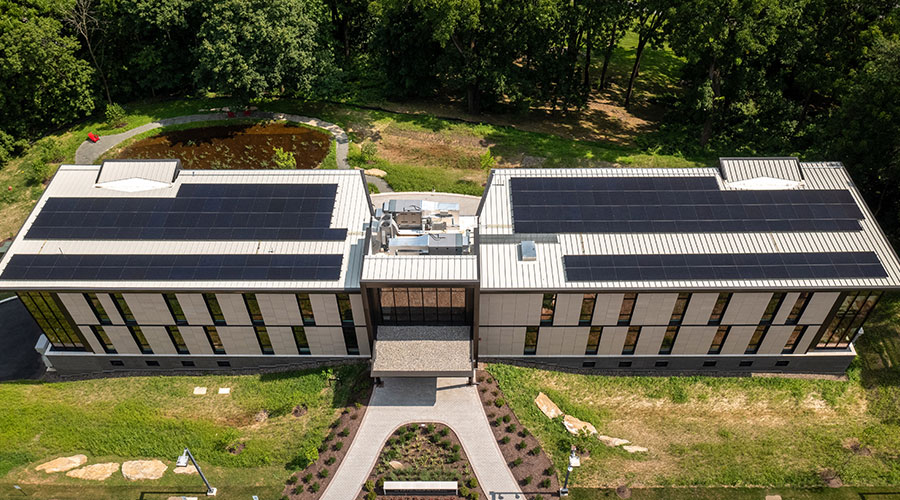The Benefits and Challenges of Roof Coatings
Sustainability is not necessarily a new concept within the roofing industry. But roofing systems — and roof coatings — are receiving increased attention and recognition, based on more stringent environmental regulations and building codes, increased concern for the environment, and bottom-line considerations.
This focus on sustainability is good for the industry, and it provides opportunities for maintenance and engineering managers to reduce costs while implementing environmentally friendly strategies within their roof-management programs.
Roof coatings have become a proven option for managers seeking to maintain and economically restore aging roofs, while reducing the impact of roofs on the environment.
Coatings Applications
Roof coatings are not a cure-all that will correct every roofing problem managers encounter, or effectively prolong the life of every existing roof system. But when properly designed, applied and maintained, they are the ticket to sustaining an existing roofing asset and benefiting bottom line. Consider the benefits:
Increased roof life. Workers can repair, coat and restore moderately aged roofs to a maintainable condition. They can even restore roofs that have been leaking if the amount of wet insulation is relatively low and they can identify, remove and patch the affected areas before coating.
With careful monitoring and timely performance of remedial work, the roof might be a candidate for subsequent re-coating projects to further extend the roof's life. Finally, reflective coatings can slow the affects of ultraviolet (UV) and heat aging of roofing membranes by reducing rooftop temperatures.
Reduced construction debris. Recent estimates indicate roofing projects generate 40 percent of construction waste entering landfills. When workers apply a roof coating at the proper time in a roof's life cycle, it can delay the need for costly replacement, as well as prevent the need to tear off and dispose of the old insulation and roofing membrane.
Reduced energy use. The reflective and emissive properties of many coatings result in decreased roof temperatures and energy use requirements during daytime hours, reducing the load on the HVAC system.
Increased employee comfort. Unconditioned spaces can experience a reduction in temperature.
Aesthetic improvements. Rather than replacing an unsightly, aging roof for aesthetic purposes, managers can improve the appearance of a roof that is visible from the ground or adjacent buildings through the application of a coating.
For example, aging, prefinished, metal roof systems might be need to be replaced, due to fading or peeling finishes, because traditional coating systems do not have a good track record of success over the existing finishes. Newer-generation coatings contain Kynar pigments and can effectively restore roofs to an aesthetically pleasing condition.
Microclimate management. On many low-slope roofs, areas of ponding water can occur. In these localized areas, many types of roofing membranes are prone to premature deterioration and eventual leakage. Similarly, roofs on which the membrane is exposed to contaminants can experience localized failure.
Using carefully selected coating products and applications in these affected areas can prolong the life of the entire roof system. Without implementing this sustainable approach, spot deterioration can lead to wet insulation, leaks, structural deterioration, and the need for premature replacement.
Related Topics:













